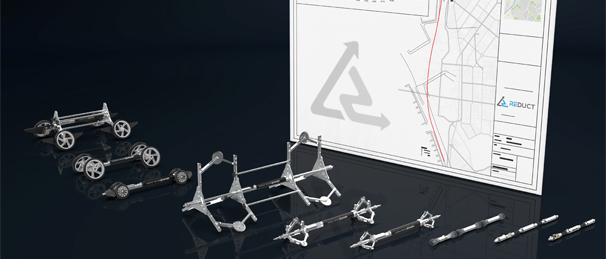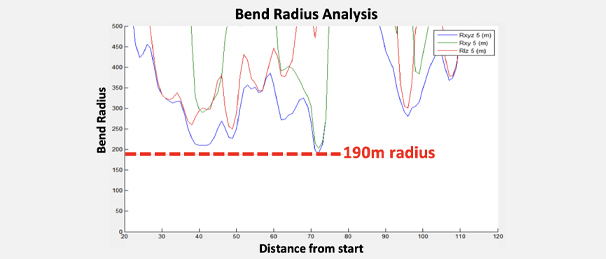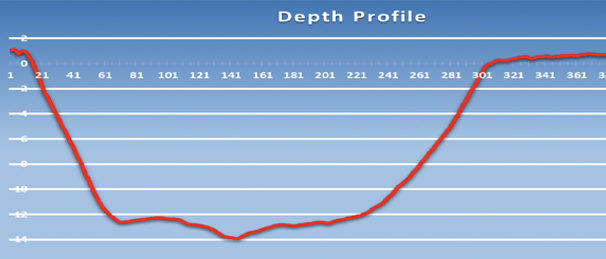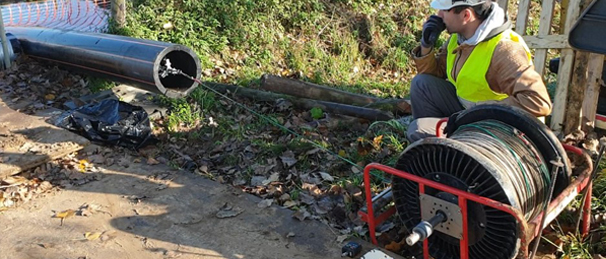by Reduct
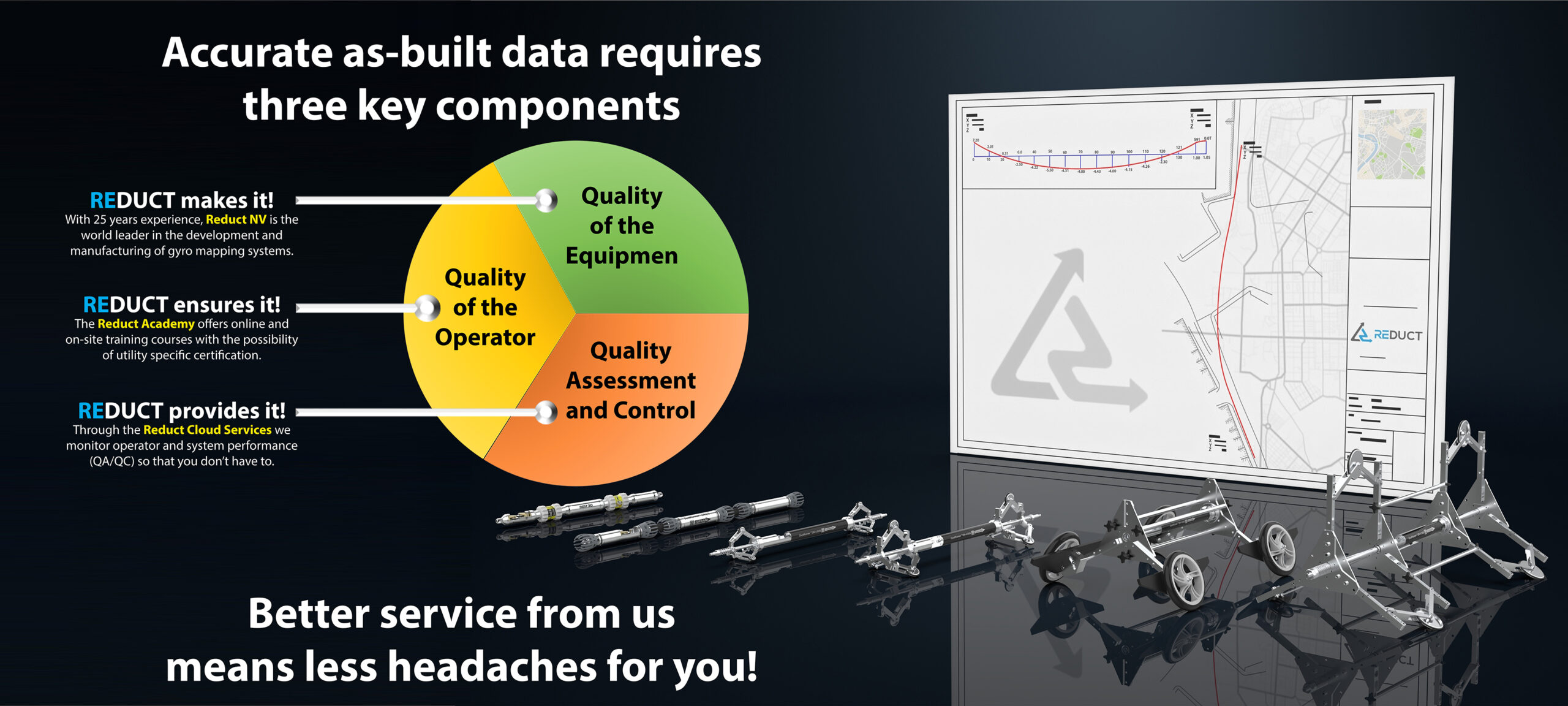
The most cost-effective way for utilities to ensure independent, consistent and accurate as-built data for trenched and trenchless network infrastructure.
The as-built accuracy dilemma
Accurate as-built maps are essential for the safety and integrity of underground utility networks. When awarding new network installation projects to contractors, utilities expect or assume they will receive post-installation asbuilt data. However, that is not always the case, particularly when the utility’s tender document is unclear about the as-built accuracy or the measurement method to be used. When left open for interpretation, inaccurate as-planned data, or worse, end up in the GIS platform.
However, many utilities are reluctant to tighten as-built accuracy or method requirements in tenders because they do not have the means to implement a Quality Assurance and Control (QA/QC) process to verify the requirements.
Recognizing this dilemma, Reduct Cloud Services has introduced the As-Built Check (ABC) service. The ABC service integrates technology, training, and quality control into a one-stop concept. The utility only needs to amend the as-built requirement clauses in their tender documents for new build trenched and trenchless network installations. Reduct will equip and train the designated contractors with the appropriate gyromapping technology. Once operational, Reduct experts can remotely monitor the performance of each measurement, operator, and mapping tool. Daily or weekly reports can be sent to the utility.
The ABC service is offered on a per-meter or foot basis.
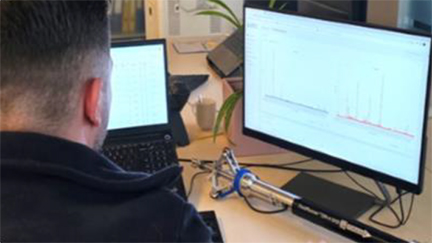
How the As-Built Check service works
Interaction with the utility
• The utility adds accuracy and method specifications to the new-build tender document.
• The contractor delivers the as-built report as usual.
• Simultaneously, performance data are sent to the Reduct Cloud for quality assessment.
• The utility receives a daily or weekly performance quality report for all installation activity since the previous report, and, if necessary, recommended or planned remedial actions.
Interaction with the contractors
• Each contractor receives performance reports per measurement, unit or operator.
• Reduct QA/QC experts will suggest procedural changes, additional training, or other performance-enhancing measures when necessary.
• Reduct QA/QC experts will liaise with product engineers to implement mechanical adjustments to the equipment to improve performance further.
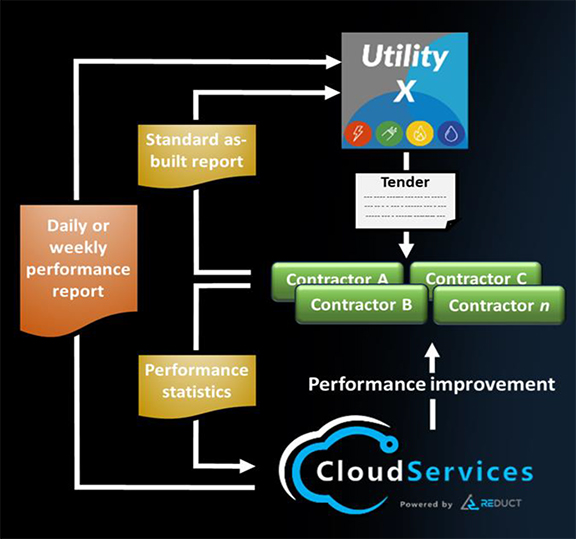
Contact your Territory Manager for more information on Reduct pipeline mapping tools, or visit www.egwutilitysolutions.com/reduct.
Take no risk, get it mapped!

